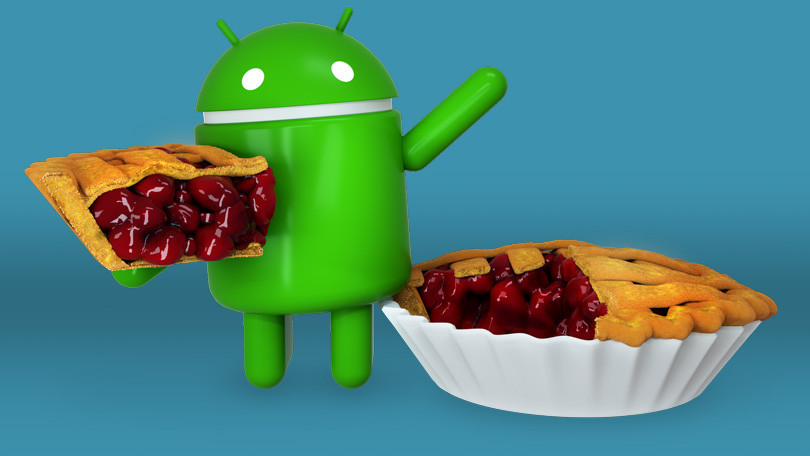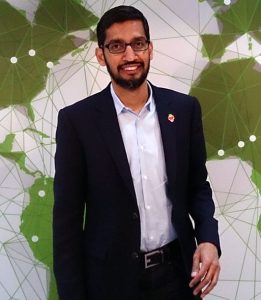Paul Buchheit – Creator and Lead Developer of Gmail
There is no denying in the fact that each of us has used Gmail at least once in our lives and, that fact is proved by the current number of Gmail users, i.e., more than 900 million users. Gmail was launched in 2004, and the lead developer, behind this widely used email platform, is Paul Buchheit. Paul Buchheit is the 23rd employee of Google but, has played a pivotal role in the development of many Google products, in his few years of career with Google.

Early Life
Paul Buchheit was born on 6 November 1976, in Webster, New York. He did his schooling from Webster Thomas High School. He was a brilliant student and always topped the class every year. Later, he entered Case Western Reserve University in Cleveland, Ohio to pursue a degree in Science followed by a PhD (Honors) degree. During his college, he was in the rowing team of the college.
Career
As soon as Buchheit completed his education, he started his internship at Microsoft, in 1995. In 1998, he joined at Intel and after one year he became the 23rd employee at Google.
He worked with Google for nearly 7 years and, had become an influential part of Google’s numerous revolutionary programs, including Google Adsense. He also gave the suggestion of the motto, “Don’t Do Evil”, that was practised as the code of conduct within Google for many years.
In 2006, Paul Buchheit left the job at Google and launched a real-time social aggregator named FriendFeed which was a huge success. But later in 2009, it was acquired by Facebook through a private transaction. He also worked for Facebook for a few years and left the job in 2010, to start an investment company named Y Combinator.
Paul Buchheit always encourages startup companies saying that startups are more than simply a clever way to make money. Before Y Combinator, he had already invested in 83 startups through Angel Investment, and with Y Combinator he is supporting many budding companies with their startups.
Founding Gmail
Before Gmail was launched, the various email service providers, like Microsoft, had given a limited storage of 4 MB. According to Paul Buchheit, every email service was getting worse instead of getting better. And the lesser storage provided by every email platforms grabbed his attention. The planning of creating Gmail was started many years before it was announced. The development of Gmail started in 2001 and in 2004, Gmail was launched, with increased storage of 1000 MB of storage, fast dynamic interface, quick and accurate search including the concept of organised emails. Even Mr Doerr from Microsoft gave a statement that Gmail was like a wakeup call for them.
Personal Life
Paul married his girlfriend April Buchheit on 10 August 2002. Currently, he is living with his wife and two children in California.

Yashica is a Software Engineer turned Content Writer, who loves to write on social causes and expertise in writing technical stuff. She loves to watch movies and explore new places. She believes that you need to live once before you die. So experimenting with her life and career choices, she is trying to live her life to the fullest.



